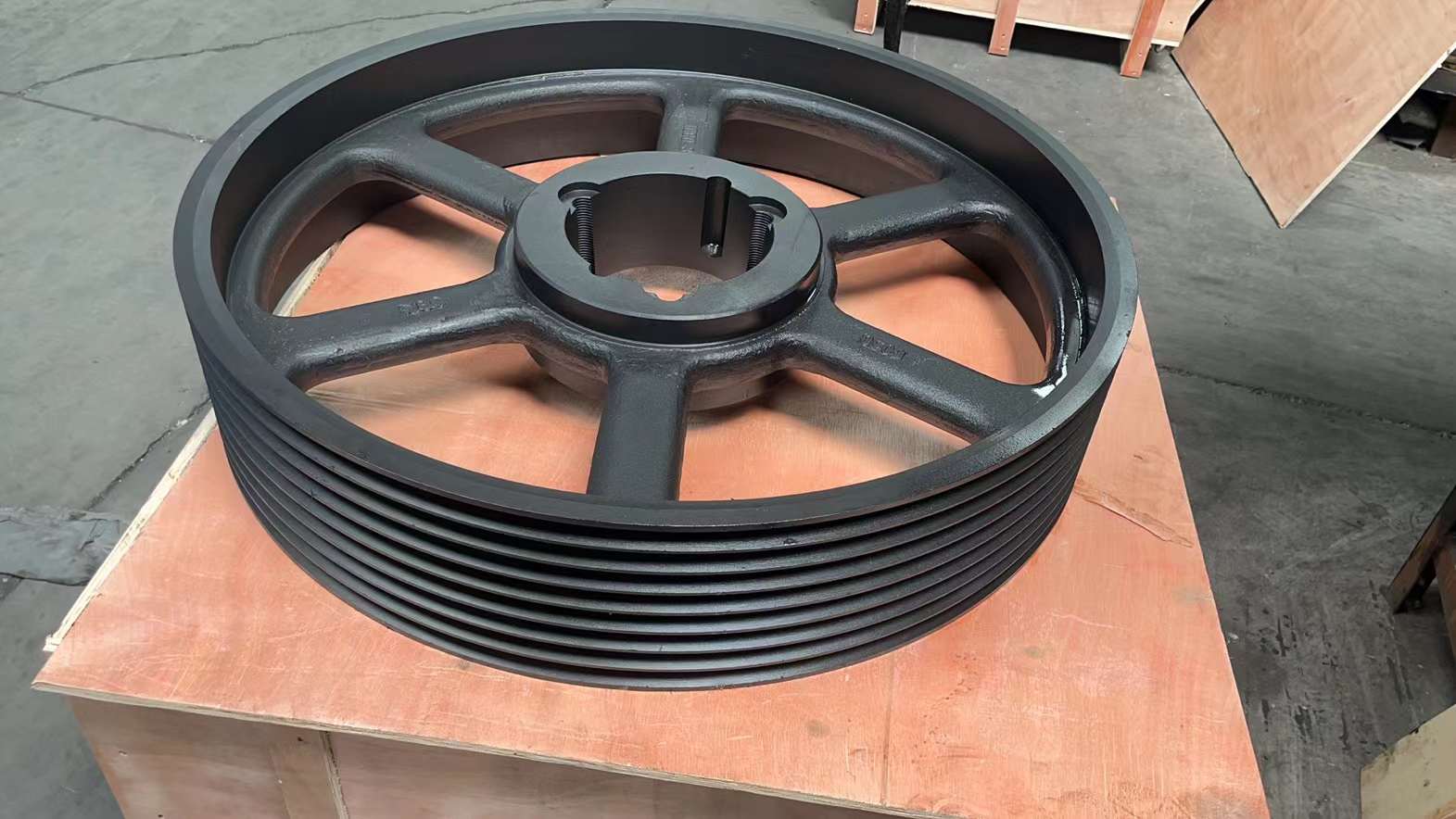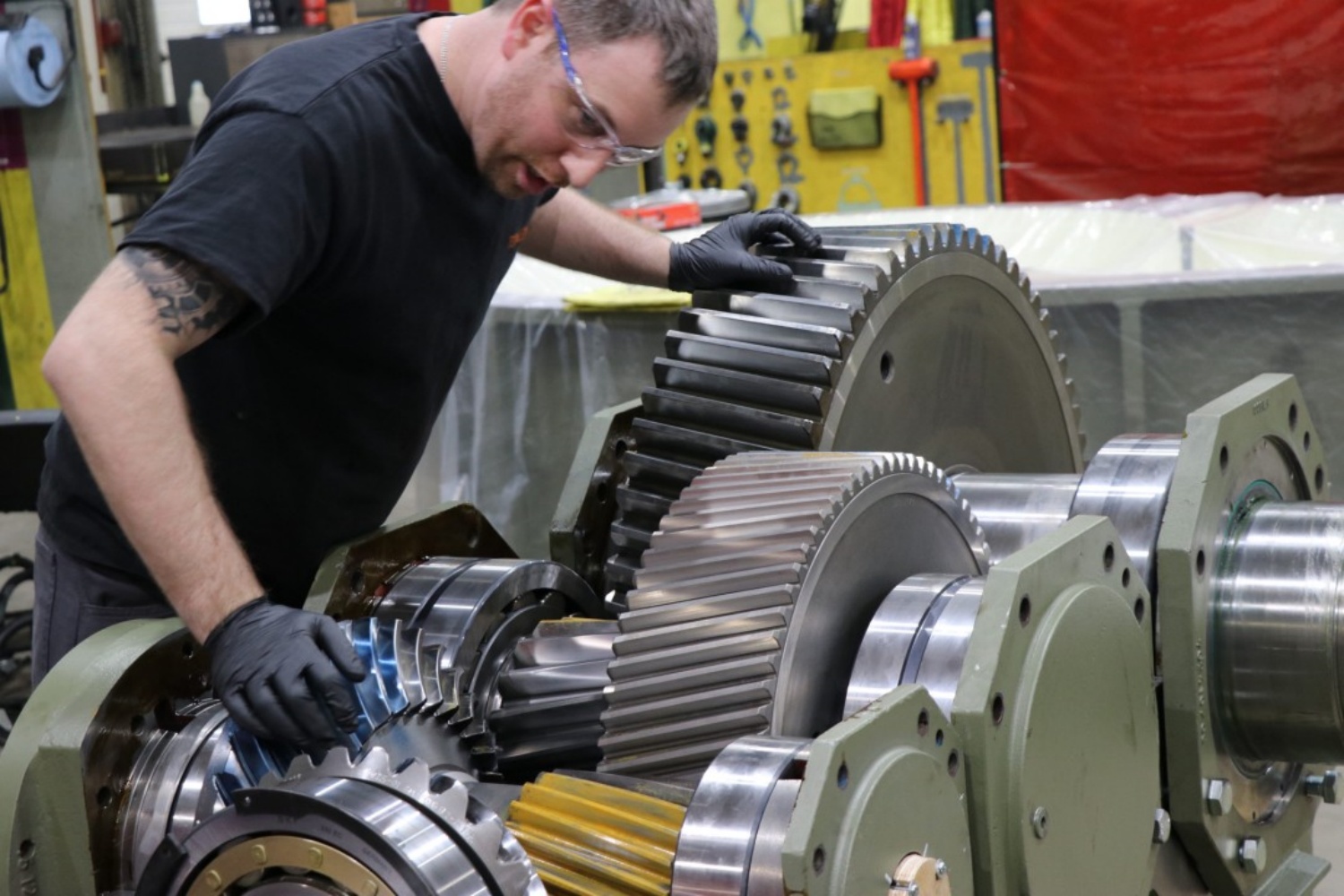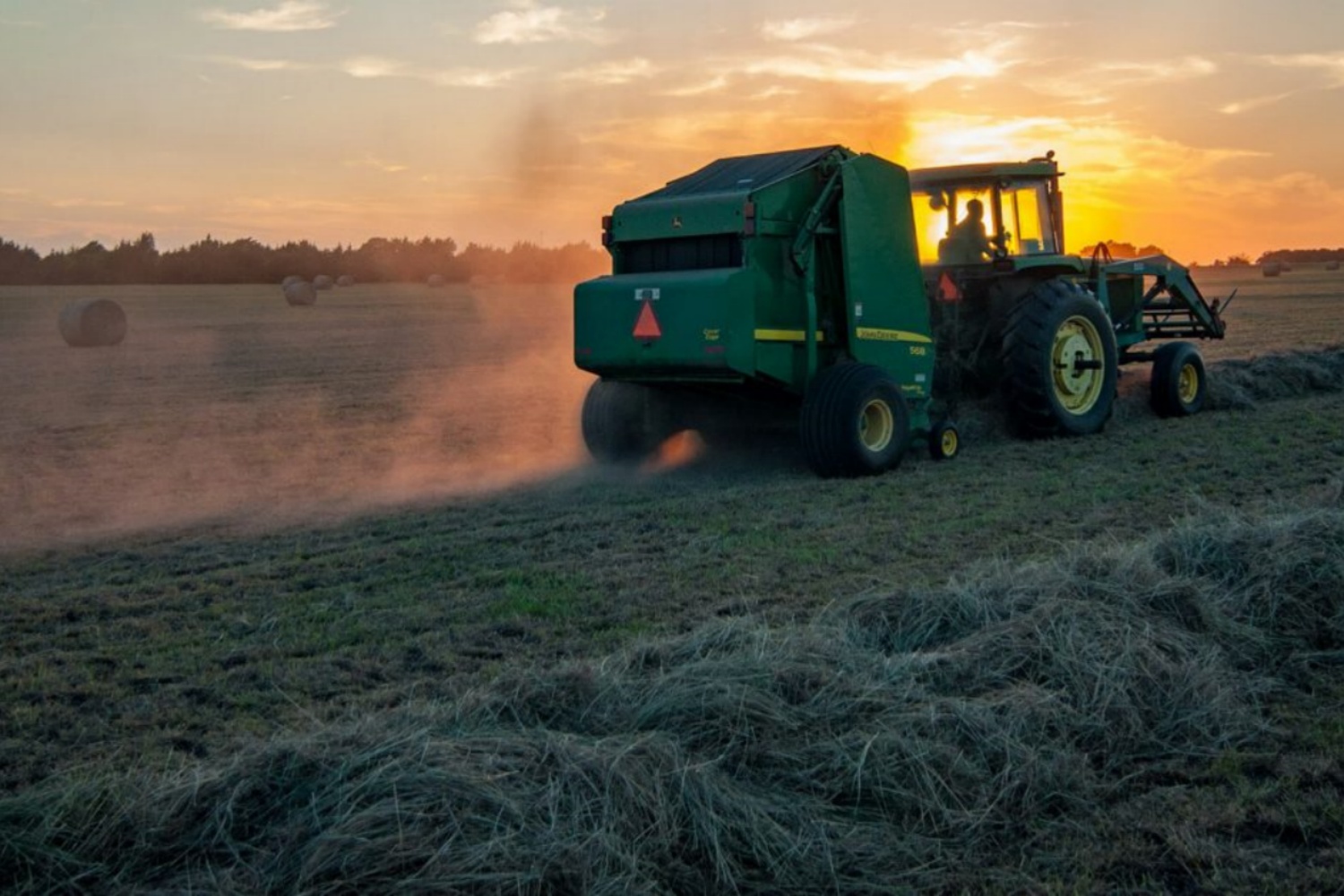As disc-hub parts, pulleys are generally relatively large in size, and casting and forging are the major manufacturing processes. Casting is normally for the design of larger size, and the material is generally cast iron (good casting performance), rarely cast steel (poor casting performance); while the smaller size can be designed as forging with the material as steel. Pulleys are mainly used for long-distance transmission of power, such as mining machinery, machining equipment, textile machinery, packaging machinery, lathes, forging machines, etc.
The selection of various indicators and materials of the pulley is based on the principle of raw materials minimisation, feasible technology and lowest cost under the premise of meeting the usage requirements.
The advantages of belt pulley transmission:
Pulley transmission can ease load impact;
Pulley transmission runs smoothly, with low noise and vibration;
The structure of the pulley transmission is simple and easy to adjust;
The manufacturing and installation accuracy of the pulley for the pulley transmission is not required as strict as for the meshing drive.
CONTINUE READING
Related Posts
The world of industrial chains and sprockets is vast and diverse, yet Oris’ offering stands out as a cut above […]
Industrial gears are the driving force behind numerous machines and industrial processes. They are a crucial component of many machines, […]
In the age of advanced technology, agricultural machinery has undergone significant transformations, leading to more efficient and sustainable farming practices. […]





